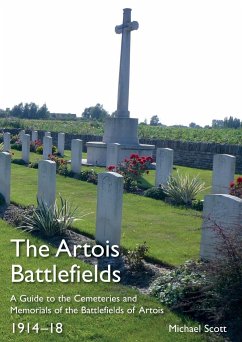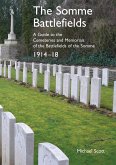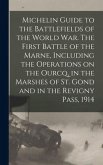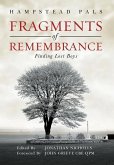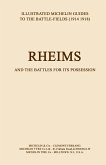In 1914 the war passed through Artois towards the North Sea. The British Army, with its Indian contingent, fought a series of battles in Artois during 1914 and 1915 in which it learned the reality of this war. Towns like Bethune, St. Pol and Hazebrouck became important centres for the army while Douai and Lille fell to the Germans. In 1915 new names became known to the British - Neuve Chapelle, Festubert, Aubers, Armentieres and Loos. The battles at Fromelles in 1916, Lens and Arras in 1917 and the Battle of the Lys in 1918 kept this, almost forgotten, area fully involved in the war before the final breakout in late 1918 passed Lille and Douai towards Mons. While this area may be less well known to most battlefield travellers than Ypres or the Somme, the battles and the stories of the men who fought in them, and did not go home, are still of great interest. This book will help the battlefield visitor make sense of why the cemeteries and memorials have been chosen to be where they are as well as learn of some of the fascinating stories of those buried within the cemeteries and honoured on the memorials.
Hinweis: Dieser Artikel kann nur an eine deutsche Lieferadresse ausgeliefert werden.
Hinweis: Dieser Artikel kann nur an eine deutsche Lieferadresse ausgeliefert werden.

